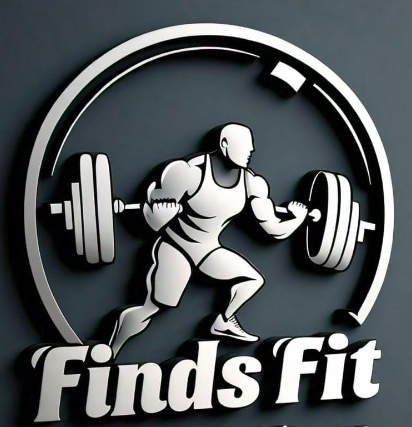The Ultimate Guide to Choosing the Best Balls for Soccer
Whether you're a seasoned soccer player or just starting out, selecting the right soccer ball is crucial for enhancing your game. From playing in your backyard to competing on a professional pitch, the type of soccer ball you use can significantly impact your performance. This comprehensive guide will explore various facets of soccer balls, ensuring you make an informed decision tailored to your playing style and needs.
Understanding Soccer Ball Sizes
Soccer balls come in different sizes, which are generally chosen based on the age of the players:
- Size 3: Designed for players under 8 years old. These balls are 23-24 inches in circumference and are great for small children.
- Size 4: Meant for players aged 8-12. These balls measure 25-26 inches in circumference and are perfect for pre-teens.
- Size 5: This is the standard adult size ball and is used by players aged 13 and older. It has a circumference of 27-28 inches.
Types of Soccer Balls
Choosing the right type of soccer ball depends on where and how you plan to play. Here’s a breakdown of the different types:
- Training Balls: These are durable and designed to withstand the rough and tumble of frequent practice sessions.
- Match Balls: Used in soccer matches, these balls are of higher quality and must conform to official size, weight, and shape regulations.
- Professional Match Balls: These are the highest quality soccer balls available and are used in professional leagues and tournaments worldwide.
- Indoor Balls: Made specifically for indoor play, these balls have a different weight and size to adapt to harder, indoor surfaces.
- Beach Soccer Balls: Designed for beach play, these balls are lighter and softer, making them ideal for sandy surfaces.
Materials and Construction
The material and construction of a soccer ball also affect its performance, durability, and suitability for different weather conditions:
- Leather: Traditionally, soccer balls were made from genuine leather; however, these are less common now due to weather absorption issues.
- Synthetic: Most modern soccer balls are made from synthetic materials like PVC or PU. These materials provide durability and water resistance.
- Panel Construction: The number of panels on a soccer ball can influence its flight characteristics and control. Traditional balls with 32 panels are most common, but newer models may have fewer panels for a more predictable flight pattern.
Choosing the Right Ball for Your Needs
When selecting a soccer ball, consider how you’ll be using it:
- Assess the playing surface to determine the appropriate type and material.
- Consider who will be using the ball — different age groups require different sizes.
- Think about longevity and frequency of use to decide if you should opt for a training ball or a match ball.
With the right soccer ball, you can improve your game, enjoy more dynamic practice sessions, and even enhance your competitive play. Remember, the ball is not just a tool of the game — it's a crucial component of your soccer development and enjoyment.
